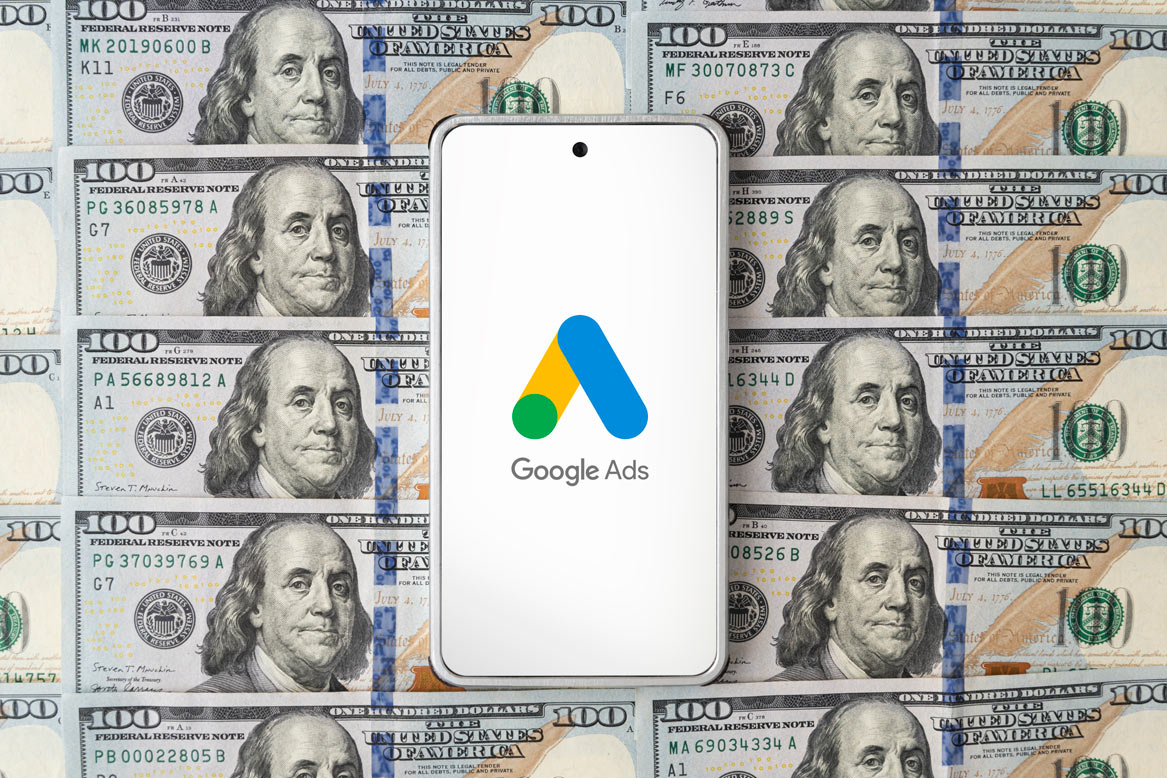Are you struggling to manage your Google Ads account and campaigns? Getting your Google Ads strategy right is crucial for driving traffic and sales, but it can be complicated and time consuming to set up and optimize on your own. That’s where the managed services from McCord Web Services can help.
Even our company mascot Bandit agrees, that you need McCord Web Services for visibility with Google Ads.
McCord Web Services has over 15 years of experience successfully managing Google Ads accounts for businesses across many industries. Their team of Google Ads experts will handle all the heavy lifting for you – allowing you to focus on other important aspects of your business. Here are some of the key benefits of letting McCord Web Services manage your Google Ads campaigns:
1. Strategic Account Setup & Optimization: McCord Web’s team will thoroughly analyze your business, target audience, and goals to build an optimal Google Ads account structure. They’ll set up the right mix of ad groups, keywords, and ads to reach your ideal customers. The account will be closely monitored and optimized regularly to continually improve results.
2. Increased Exposure & Traffic: With the insight of an experienced digital marketing team making ongoing tweaks and updates, your ads and keywords will gain increased exposure and higher click-through rates. More qualified traffic will find your website and service offers.
3. Improved Conversion Rates: Beyond driving more traffic, McCord Web Services will optimize your accounts to convert visitors into leads and customers. From consulting on landing page experience to matching ad messages with intent, and conversions lift with expert management.
4. Saved Time & Improved Efficiency: Managing Google Ads well requires constant attention and effort. McCord Web’s services handle the workload for you, freeing up your schedule for higher value business activities. You gain all the benefits of Google Ads without the full-time commitment and extensive training requirement.
5. Access to Experience & Expertise: Google Ads platforms and best practices change frequently. McCord Web Services stays on top of all the developments. Their experience managing accounts across many industries means proven Google Ads expertise applied directly to growing your business.
Get Started Today with Help from McCord Web Services for Visibility
For businesses who want to maximize their return from Google Ads, McCord Web Services provides the solution. Their managed account services deliver the traffic, leads, and sales your Google Ads campaigns are capable of – without the headaches of tackling it alone. Contact us today to discuss how dedicated Google Ads management can benefit your business.



